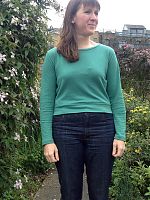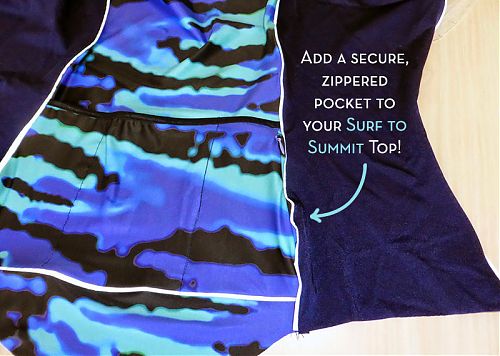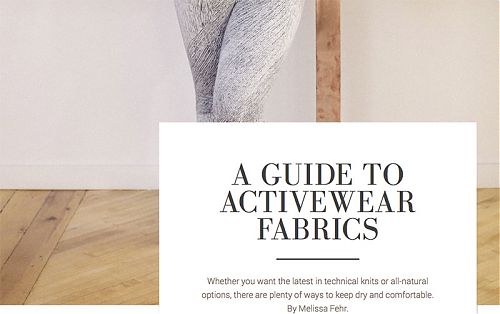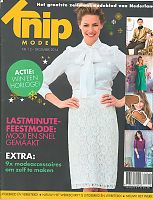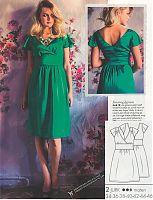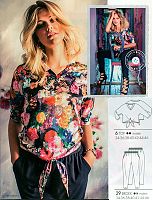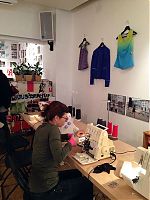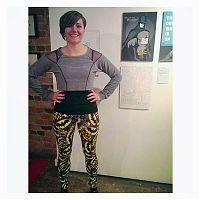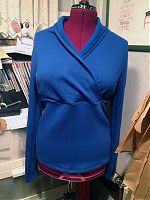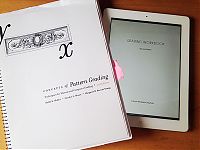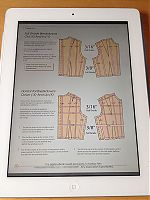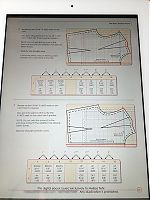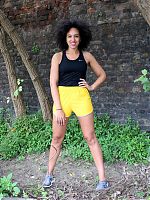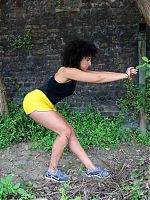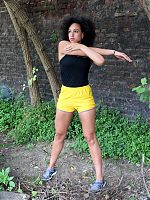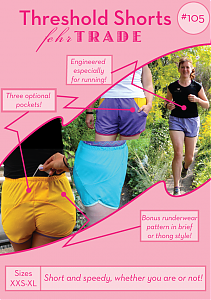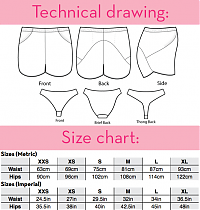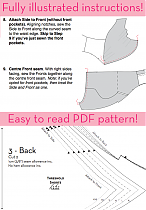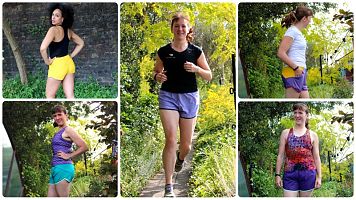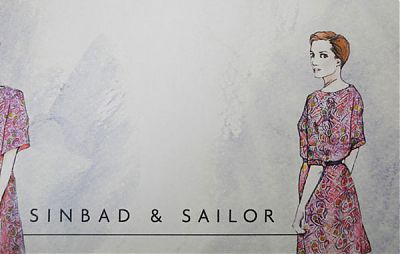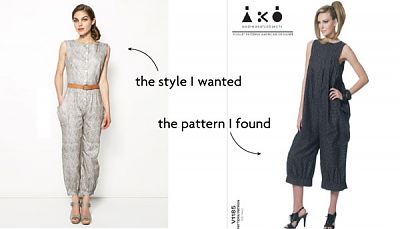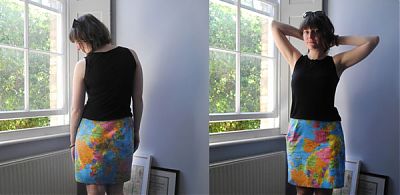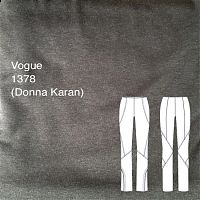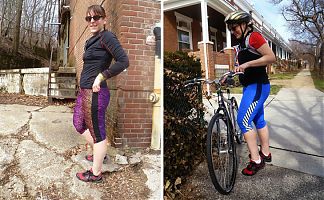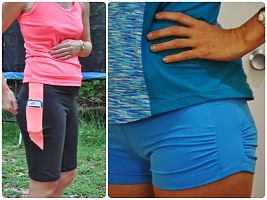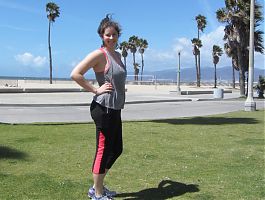A green merino Astoria sweater
I’ve been a subscriber of Seamwork magazine since issue one back in December, and can I just say that they are killing it with the digital format, pattern bundling, and freemium vs add-on price point? Seriously, this is the future of not just sewing magazines, but magazines. I’m proud to be both a subscriber and a contributor (look out for more of my writing in the June issue!), to be honest! When I saw the cropped “Astoria” sweater in the April 2015 issue, I just knew I was going to sew it! The nice thing about Seamwork (which is made by the Colette Patterns team) is that subscribers get both patterns on the 1st of the month, but if you’re dawdling and don’t notice a great pattern until someone like me sews it up a month or two later, you can still go back and buy the pdf pattern on its own (and they include Copy Shop versions, too).
All the Seamwork patterns are designed to be sewn in an hour, and, just like the Oslo cardigan I made back in January, this one came together in a single evening. Also, I appear to only make Seamwork patterns in wool jerseys, ha!
I couldn’t believe my luck when this pattern appeared, as I’d just bought some gorgeously soft green merino wool jersey at Mood in NYC mere days before! I’d only bought 2 yards (which I’d regretted once I got home!) for $18/yd, but happily there was enough there to cut the long-sleeved version of this plus still have enough leftover for a winter running buff.
I made size Large since my waist and hips corresponded best to that size, though my bust is a Medium on their chart. At first I made size Large with no alterations, but I wasn’t 100% sold on the fit. It took a whole day of me wearing it to decide that it’d be better with the sides taken in by 2cm (an inch) on each side. In hindsight, I could’ve gone with the Medium, I think.
So I cut off the hem band, took in the sides from the armpits down (taking off the same 2cm from each of the hem band seams, too!), and overlocked the hem band back on, this time with only the minimum seam allowance to avoid shortening the hem any more than necessary. And the fit is waaaaaaaay more to my liking now!



